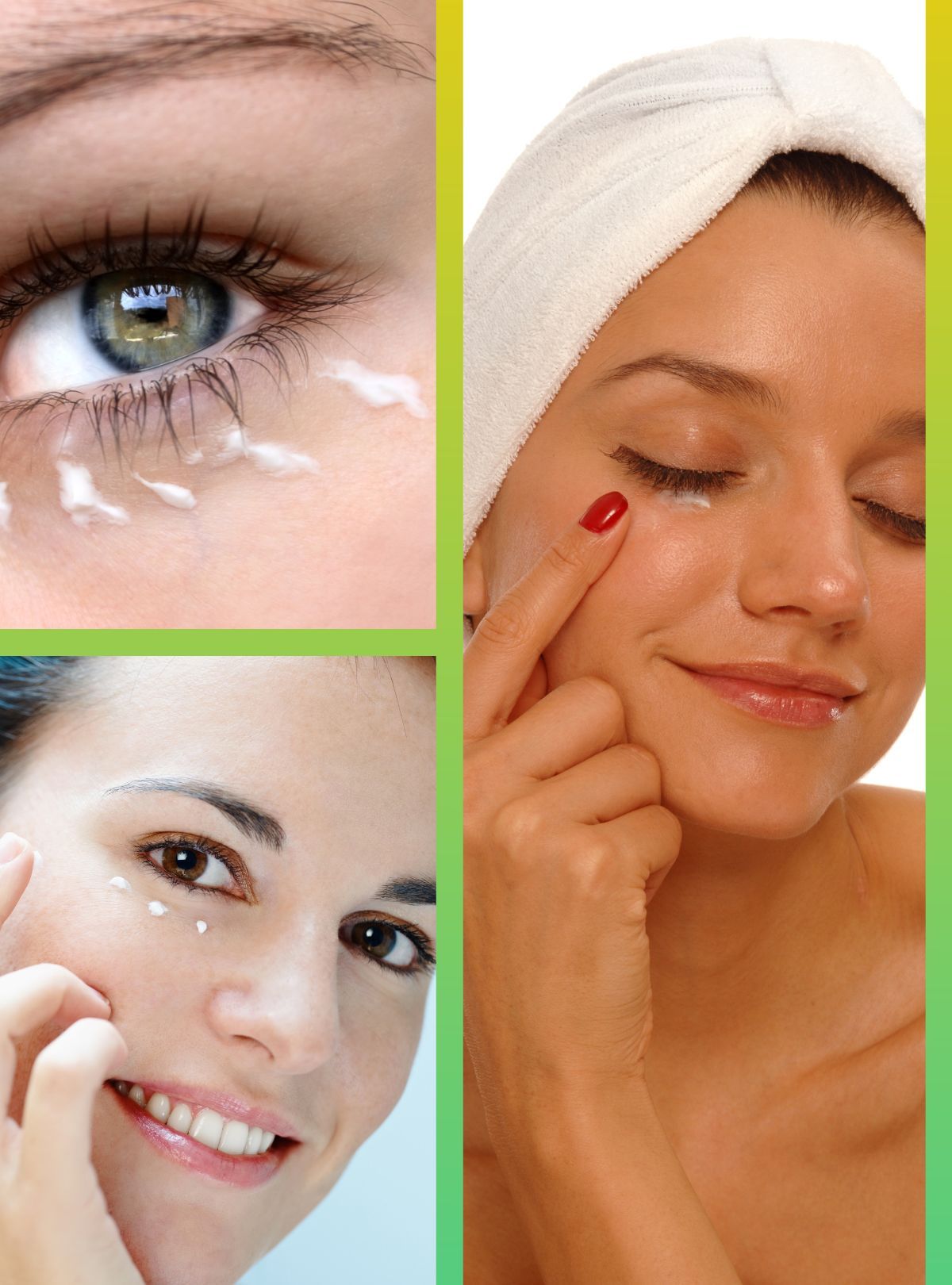Creams and ointments have provided us with natural healing properties for generations, but many don't know the subtle nuances between them. Both can typically be used for similar purposes, making it important to understand how each affects skin differently and what benefits one provides compared to another. In this blog post, we will break down the five key differences between cream and ointment so you can use each effectively in your skincare regimen. Read on to learn all the details you need to keep your skin healthy!
As Amazon affiliates we may earn a commission if you purchase a product at no cost to you.
What Are Creams And Ointments?
Creams
Creams are semi-solid emulsions of oil and water used to moisturize and protect skin from environmental damage. They are typically composed of petrolatum, lanolin, mineral oil, or waxes combined with water. Creams have a thicker consistency than lotions and provide better protection against moisture loss in the outer layers of the skin.
They are often used for more intensive treatments, such as reducing inflammation from acne or rashes. Creams can also lighten age spots and sunspots by blocking UV rays from penetrating the skin. The ingredients in creams vary depending on the desired effects but generally include emollients to soften dry skin and humectants to draw moisture from the air. Some creams also contain sunscreen to protect against UV rays.
Ointments
Ointments are medicated or otherwise-therapeutic preparations for external application on the skin, such as antiseptics, astringents, corticosteroids, and emollients. They are typically made with a water-in-oil emulsion, which combines oil and water in a homogenous mixture. Ointments have greater occlusive (waterproof) properties than creams or lotions, allowing them to lock moisture into the skin while protecting it from outside elements.
They are also generally greasier than creams and are usually used when there is a need for more intensive treatment or protection. Ointments can be formulated to treat many conditions, such as eczema, psoriasis, burns, inflammations, and insect bites. They may also contain antibiotics or other medications to help fight infection or reduce inflammation.
5 Major Differences Between Creams And Ointments
1. Appearance
Creams and ointments are topical treatments for skin care and other medical ailments, but there are differences between the two. The main difference is in their appearance. Creams are often lighter in color and texture than ointments. They can range from a light lotion-like consistency to something thicker like yogurt or butter.
Ointments are typically thicker and may be greasier than creams. They often appear as a paste or gel-like substance. As a result, creams tend to be less visible on the skin and are often preferred for cosmetic applications.
2. Spreadability
Creams and ointments are two common topical treatments that can relieve various skin ailments. While they share some similarities, there are also several major differences between them. The most noticeable difference is their spreadability; creams are more easily applied than ointments due to their light, smooth texture.
Creams are made with a lower concentration of oils and waxes than ointments, making them more spreadable over large areas. Ointments are much thicker and contain higher concentrations of oils, making them difficult to rub into the skin evenly.
3. Ingredients
A few key differences make them useful for different skincare concerns. Creams contain more water than ointments do. This makes them lighter in texture, which is beneficial for daily use and easy absorption into the skin. Ointments contain more oil than creams, making them feel heavier and greasier on the skin. Other ingredients in creams may include fatty acids, vitamins, antioxidants, and other skin-repairing agents.
In contrast, ointments are typically oil-based and contain fewer additional ingredients. Ointment molecules are larger than cream ones, making them longer lasting on the skin.
4. Absorption
While they relieve itchy, dry, or inflamed skin, some major differences between creams and ointments must be considered when choosing the appropriate treatment. The most significant difference between creams and ointments is their absorption into the skin.
Creams contain a higher water content than ointments and therefore tend to be more easily absorbed into the top layers of the skin. Ointments have a greasier consistency with low water content, making them less likely to penetrate the skin's epidermis.
5. Shelf-life
These both have different properties when it comes to shelf life. Creams typically have a shorter shelf life due to the nature of their ingredients, as most creams contain water which can easily spoil or become contaminated. On the other hand, ointments are oil-based and do not contain water, so they typically last much longer; some brands can last up to three years. These differences in shelf-life should be considered when selecting a product to use, as creams may need to be replaced more regularly.
Frequently Asked Questions and Answers
Which is better cream or ointment?
The choice between cream and ointment depends on why you need to use them.
A cream may be a good choice if you have a skin condition that needs moisture, such as eczema. Creams are lighter in texture and can be easily absorbed into the skin. They are also less greasy than ointments and can be more comfortable during the day.
However, an ointment might be a better option if you have a dry, scaly skin condition or an area of skin that needs a lot of moisture. Ointments are thicker and have a higher oil content than creams, which makes them more effective at locking in moisture and protecting the skin.
What are the advantages of gels over creams?
Gels and creams are used for various skin conditions, but they differ. Here are some advantages of gels over creams explained:
Gels are often absorbed more quickly into the skin than creams, making them a good option for conditions that require quick relief, such as burns or insect bites. Additionally, gels can be designed to deliver medication or active ingredients directly to the affected skin area, making them more effective than creams, which can spread over a wider area and dilute the active ingredients.
Gels may be better than absorption creams if you have oily skin or acne-prone skin. Because gels are water-based and don't contain oils, they can help reduce the appearance of oily sensitive skin and may be less likely to clog pores.
What are creams in the pharmacy?
In a pharmacy, creams are an important type of topical formulation that can be used to treat a wide range of skin conditions. They are typically made up of a combination of active pharmaceutical ingredients, emulsifiers, stabilizers, preservatives, and other additives.
Creams are a versatile and effective option for skin treatment, as they can be used for many different purposes. They can soothe dry, itchy skin, relieve pain and inflammation, treat acne, and much more. Because they are applied directly to the skin, creams can provide localized treatment where needed most.










